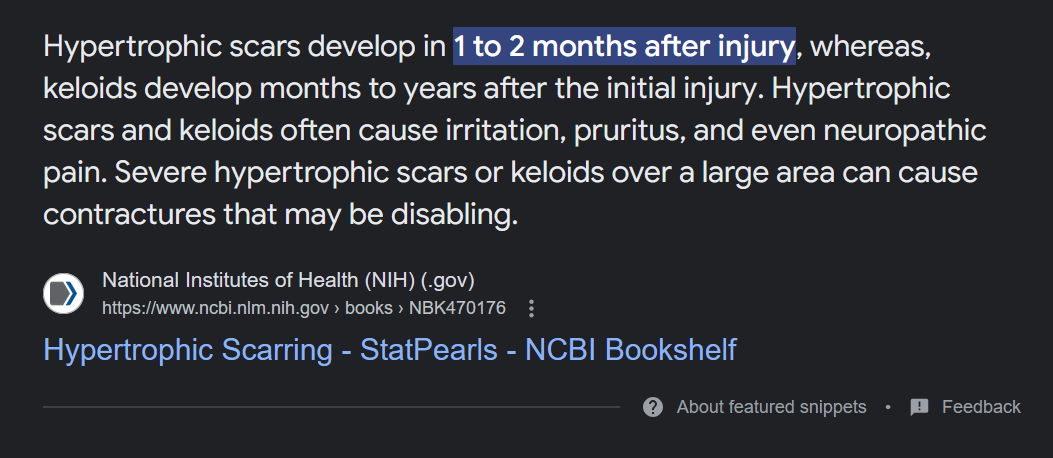Why our laser hair removal services are so efficacious and superior?
Any inferior machines can work effectively when hair follicles become inflamed soon after the treatment procedure and hair fall out in 1-2 weeks after each session.
Superior machines can help clients achieve ultimate greater reduction result long-term at the right hand, for instance more than 90% permanent hair reduction, instead of less than 75-80%. Therefore hire the right therapists with the right machines for LHR when majority of your hair is in anagen.
One of the significant factors in achieving optimised result is not only the right machine, but the therapist’s knowledge, experience and understanding of the technology and the machine he or she is working with. Thus, the info found via the following link is super important to achieve the ultimate permanent/long-term result of greater hair reduction. Click here for the link.
For example, a hair dryer with 2200 watts can heat and dry hair much faster & more efficient than a 750-W one.
As clients progress with subsequent LHR treatment sessions, their hair becomes finer and lighter and locates shallower, requiring shorter pulse width and concentrated beams of higher fluence (energy) than does initial hair which is denser, thicker, coarser & darker. In order to achieve beyond 80% long-term/permanent hair reduction, ensure the power output of a LHR machine isn't lower than 2000 watts to ensure the machine can perform this.
Why our laser hair removal machine is better?
Our machine has output power of 8200 watts. It uses crystals Alexandrite and Nd:YAG as its laser sources, emitting both 755 & 1064 nm wavelengths at the same time or separately. Since it is a true laser and not spreading Diode or IPL light, our machine is able to emit more concentrated, higher energy and more efficacious for difficult to treat residual, fine & light hair after multiple LHR sessions that other machines struggle with, thus achieving better & greater hair reduction/removal results.
What makes our machine standing out from the rest?
Our machine is designed to effectively treat not only dark, dense, thick, & coarse hair, but also residual, fine hair that other machines struggle with. A traditional difficulty in LHR has centred around the ability to treat dark skins with fine hair. Our machine is designed to tackle this problem by mixing both wavelengths, such that fine hairs can be treated on all skin colours.
Our machine has been approved by Australian TGA, USA FDA, European EMA and by other regulatory bodies around the world as the medical laser device indicated for long term or permanent hair reduction/removal for all skin colours, Fitzpatrick I-VI.
Why multiple wavelengths are more effective in destroying hair follicles than single wavelength?
Candela Gentle series and Cutera machines can only emit a single wavelength at a time, but our laser machine, Duetto MT EVO by Quanta System, can emit both wavelengths allowing us to treat multiple targets & depths at the same time. 755 nm treats shallower part of hair follicles while 1064 nm treats deeper part.
755 targets dark pigments, such as dark melanins, thus more effective than 1064 nm in destroying hair with light colours.
1064 nm targets oxyhaemoglobin and water in the blood, thus cutting off nutrients and hormones supplies and starving the follicles to death.
As you progress with subsequent LHR sessions, your hair becomes thinner & shallower. Thus setting parameters must match the characteristic of your hair follicles as you progress with more treatment sessions:
- Wavelength should be shorter for shallower penetration, otherwise it misses the target.
- Pulse duration/width should be shorter, therefore millisecond should be shorter and our machine can be as short as 0.3 ms.
Unlike Pico and Q-Switch are too quick and can only bleach your hair, destroying only dark melanin pigment, but not your hair follicles.
- Fluence, Hz & no of passes should be increased.
Go back to starting page, click here.
















